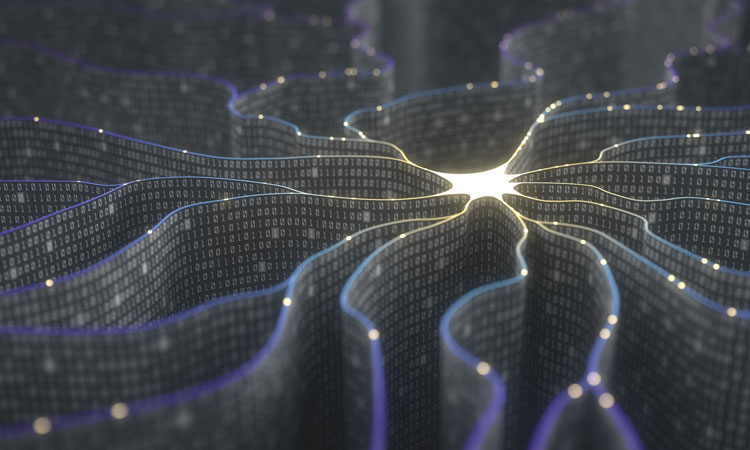
Insight by: Douglas P. Clark
One fundamental challenge in drug discovery is the identification of molecules that bind to target proteins and produce a physiological change in the entire organism. The underlying nature of that molecular interaction remained elusive until fifty years ago, when the Nobel Prize in Chemistry was awarded to Chris Anfinsen, Stanford Moore, and William Stein for work on the enzyme ribonuclease, specifically for the connection between the amino acid sequence and its biologically active 3-dimensional conformation. This discovery served as a foundation for decades of drug development since 3-D “pockets” on target proteins are often the site of drug binding. In the concluding statements of his 1972 Nobel lecture Dr. Anfinsen foretold: “It is certain that major advances …will occur when we can predict, in advance, the three dimensional, phenotypic consequences of a genetic message.”
That time is now. Typically, 3-D structures of proteins are determined through laboratory techniques such as protein crystallization and X-ray crystallography, often requiring years of painstaking work for a single protein. But this summer the group at DeepMind (an Alphabet company) utilized AlphaFold, an artificial intelligence (AI) algorithm, to predict the 3-D structures of over 200 million proteins from some 1 million species, from bacteria to humans. This was a 200-fold expansion of their previous release from just one year ago.
The publicly available AlphaFold database is already providing biological insights. Recently, several groups utilized AlphaFold predictions to help elucidate the structure of the highly complex nuclear pore, a structure composed of hundreds of molecules controlling molecular traffic into and out of the nucleus. AlphaFold has also been utilized to design entirely new proteins. A group from the University of Washington recently used AlphaFold and other algorithms to design nanoscale protein rings that could become parts for custom nanomachines. Recognizing the potential for drug development, DeepMind is partnering with a new sister Alphabet company, Isomorphic Labs, in a novel approach to drug development that utilizes an “AI-first” paradigm.
However, it’s important to recognize that these AI-generated structures are predictions that need to be confirmed by additional research studies. In a recent study at MIT, AlphaFold alone performed poorly in predicting binding targets of antibacterial compounds. One explanation might be that proteins are not static, rigid structures, but often undergo subtle, but important, conformational changes when interacting with other proteins or drugs. These investigators believe that new tools and more data will be needed before widespread adoption of AI-based drug screening. As noted by one Google executive, AI is not “pixie dust” that magically solves problems! As with any potentially powerful AI-based tool, scientists and Biotech/Healthcare/Life Sciences executives must understand the strengths and limitations of these tools in order to wisely integrate them into their organizations.





